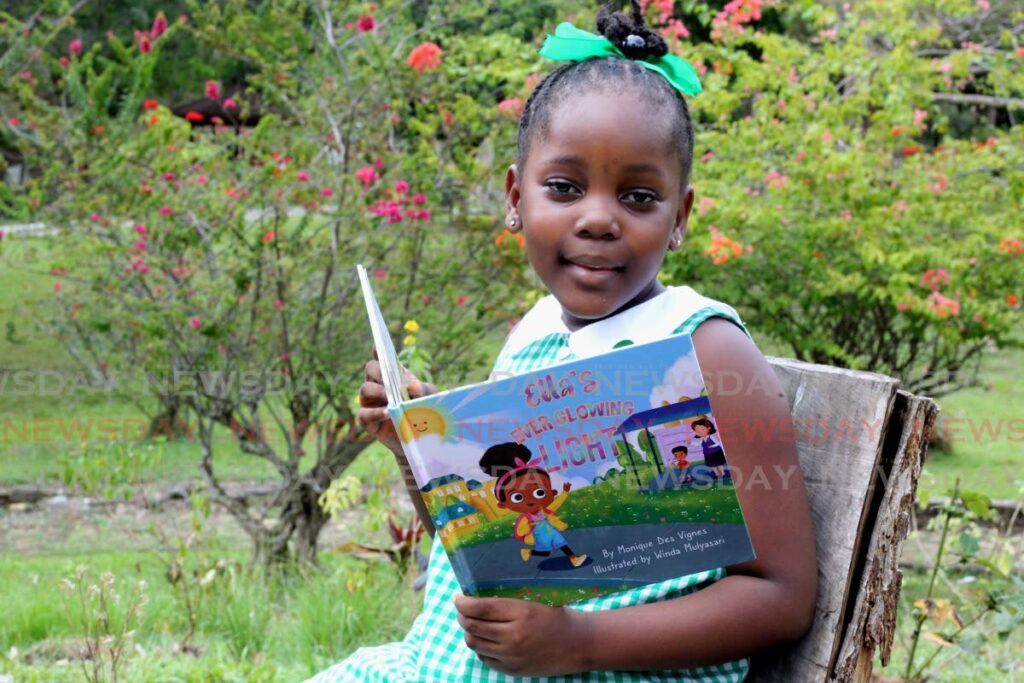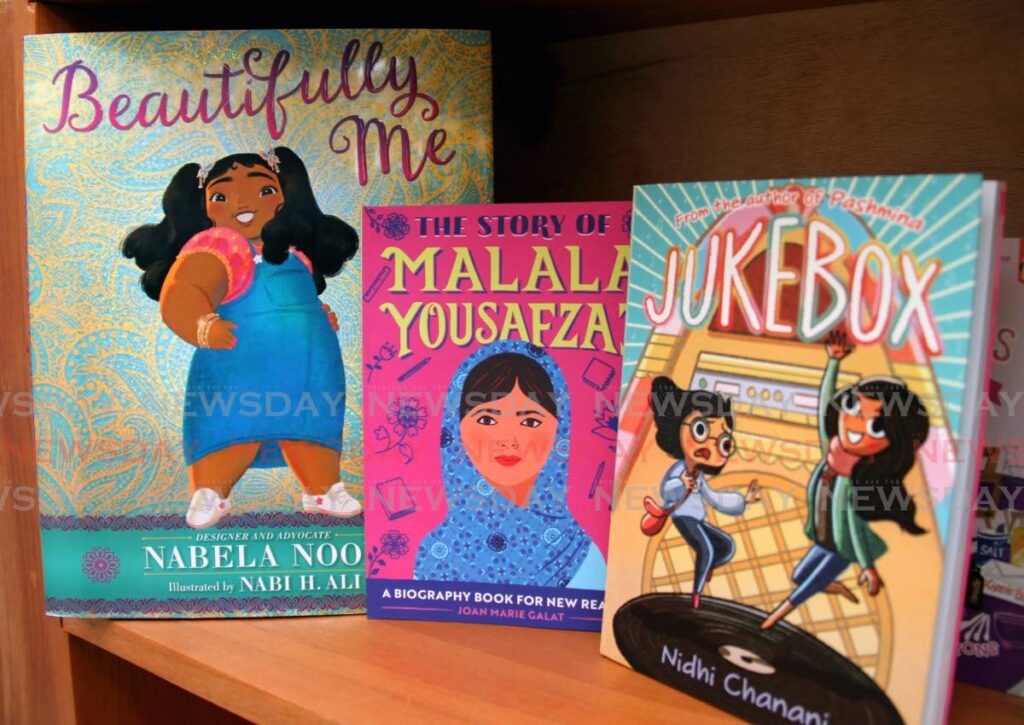The joy of reading aloud

MARY CUFFY
When you tell a story, you spark a connection.
That is how humans have communicated since the beginning of time by telling stories. Stories have been told even before humans learned to read and write.
This is my story…
You had to earn the privilege to go outside to hear Miss read under the mango tree. Your nails had to be clean for the morning inspection, there must be no dog-ears in your copybooks, finger erasing was totally forbidden. Most importantly you had to get your "sums" and grammar exercises correct.
I can recall hearing the school bell echoing through hallways, ting-a-ling, ting-a-ling, we waited patiently for her announcement "we are going outside to read." At that moment, you would do a quick mental recall to ensure that you fulfilled the criteria to go outside under the mango tree.
She would call names, hearing your name was like winning the lotto. Single file, the class would march out like soldiers going to war, with all your senses engaged, eager to hear miss read in her expressive style. Our session used to very interactive, she always got us involved. My favourite story was "The Three Billy Goat Gruff," miss would have us trip trapping, over a pretend rickety bridge. I did not understand it then but she asked many open – ended questions.

However, not all the children had the opportunity to experience the joy of – Read alouds. Martin and Sherlan never adhered to any of the rules: they had to stay inside. They unfortunately missed the magic of read alouds.
What is World Read Aloud Day?
World Read Aloud Day will be celebrated on February 1; the day promotes diverse voices and narratives around the world. This is a day dedicated not just to reading, but also to the art and practice of reading aloud. Here are a few tips to help you plan and execute your best read aloud yet.
What is a Read Aloud?
Read-aloud is an instructional practice where teachers or parents, read texts aloud to children. The reader incorporates variations in pitch, tone, pace, volume, pauses, eye contact, questions, and comments to produce a fluent and enjoyable delivery.
Research has shown that read alouds improve comprehension, vocabulary, and fluency. Read alouds allow the teacher to model expert, fluent reading of the text. Read alouds also give children experience with decontextualised language–requiring students to make sense of ideas beyond the classroom.

The following steps are crucial to enacting a powerful classroom read aloud.
1. Set the stage
There is an artfulness to a good read aloud. Setting the stage is important. Consider where and how you will sit to make sure all students can see the book. Think about how you can create a sense of comfort and community so that students feel that read-aloud time is a sacred, ritual part of your classroom culture. Also, consider how you want students to sit in order to minimise distractions and maximise their focus on the book.
2. Plan to read aloud
The key to a successful and powerful read-aloud is careful, deliberate planning. The first step in planning is selecting what to read. Here are some tips for selecting great read-aloud books:
• For emergent, early readers, choose books with powerful illustrations. These not only keep students' attention but also act as scaffolds to help students understand the text.
• Expose students to a variety of genres.
• Use books that develop specific literacy skills.
• Choose books that offer opportunities for new learning for example new vocabulary.
• Choose books that lead to conversation so that students will have lots to talk and write about after the read aloud.
3. Practice before class
Remember, one of the most important goals of a read-aloud is to model fluent reading. Yet, many teachers choose books to read aloud without practising and as a result, mispronounce names or words, stumble, make mistakes, and are caught off guard by unexpected events in the story. During the read-aloud, be sure to start by explicitly sharing the purpose with students. For example, "We are going to learn new words from our story."
4. Make it interactive
A good read-aloud is interactive. Involve students in the story by asking them the open-ended questions you prepared, modelling your thinking, asking them to identify letters or words they know, clapping or putting their thumbs up when they hear a special word or a rhyme. Provide quick definitions or synonyms of unfamiliar words that might get in the way of students' comprehending the story.

Comments
"The joy of reading aloud"